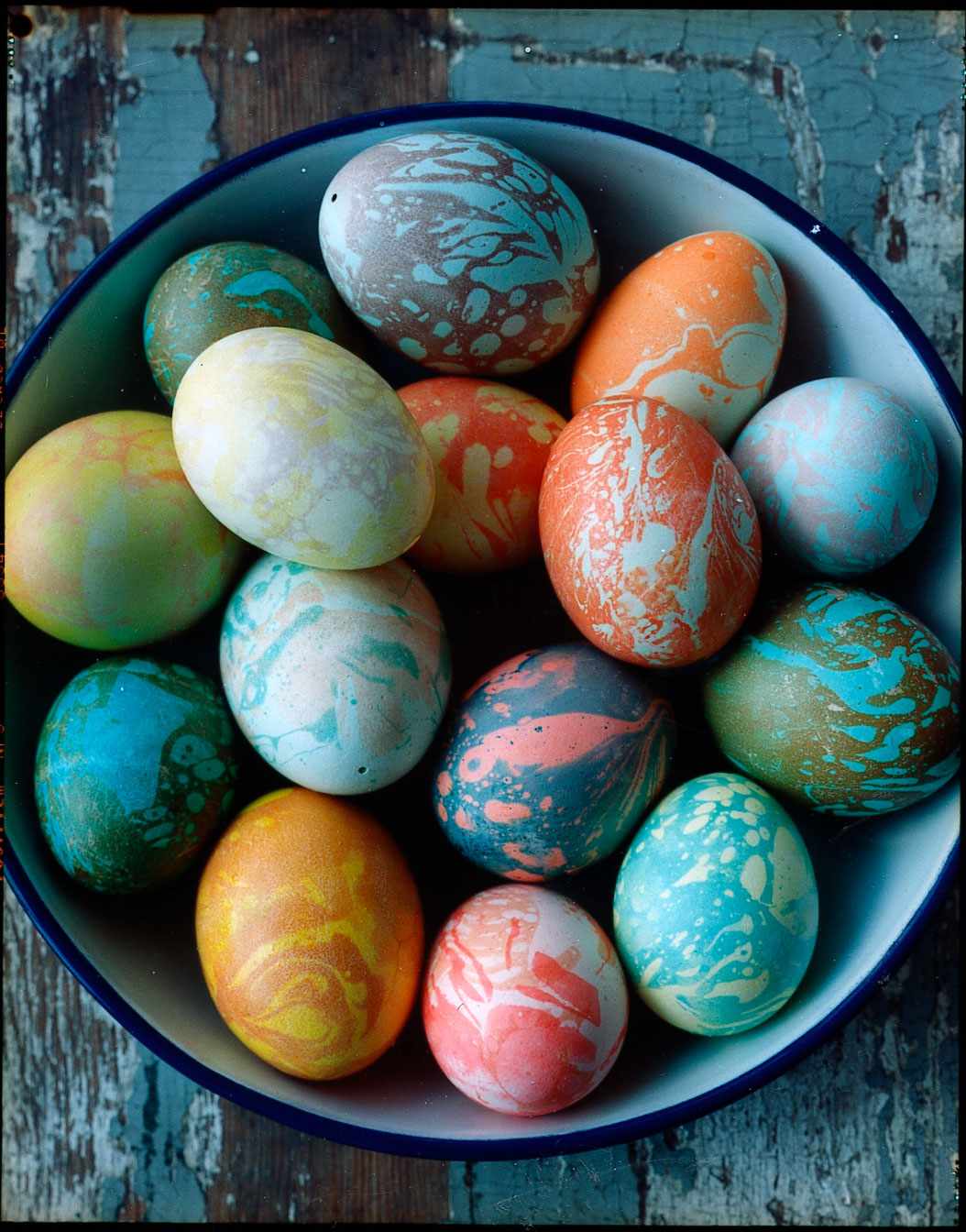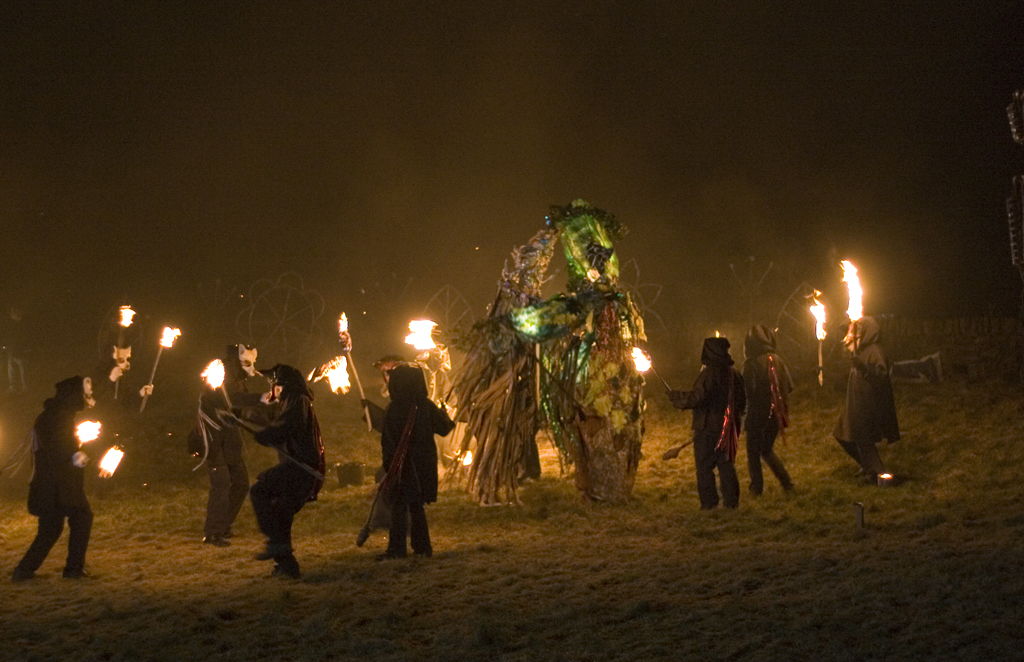The Eight-Fold Wheel of the Year is a solar calendar marking the eight seasonal points of the ancient and indigenous western European holiday tradition.
It has always been vital for human survival to live in tune with the seasonal cycle in order to plan ahead and prepare for the various environmental changes that occur over a year. Our lithic ancestors needed to know when berries ripen, when herds migrate or when the snow comes just for basic survival. Along the way certain specific celestial events were noted that marked the beginnings and midpoints of the seasons and these dates were set apart as special. As civilization developed and farming became central to life, celebrations and holidays were created through tradition and the foresight of wise and creative participants. This is such an intrinsic part of our evolutionary heritage that our greatest holidays, those with long histories attached to them still carry these ancient seasonal and astronomical markers.
In the mid 20th century an uncertain group of Euro-traditionalist scholars combined the four-point seasonal holidays of the Germanic Anglo-Saxon tradition with a quite similar though differently organized traditional Celtic holiday calendar to create the Eight-Fold Seasonal Cycle. Though originally combined by neo-pagans to satisfy their need for a holiday cycle and to reclaim the old ways, it corresponds naturally with the holiday cycle already celebrated throughout Western civilization. It serves as a useful toolbox for those desiring to orient themselves with a more naturalistic or even indigenous outlook on life.
The Holidays
There is no “true” beginning or end to the Eight-Fold Seasonal Cycle, and different communities begin their year at different points for cultural and historical reasons of their own. Since I have a strong affinity for the Irish Celtic orientation I would normally begin with Samhain, but for this article I’ll start at at a point that seems like a more natural beginning, Yule.
Each holiday is presented below in brief. Click on the name of each holiday to be taken to a full article describing that day in more detail.
Yule, Dec 21st
A Germanic holiday in its origin, Yule falls at the winter solstice. It’s a time of new beginnings as the midpoint of winter. After two brutal months of winter the days are finally becoming longer once again and there is hope for a new summer just months ahead. It’s a time to celebrate the birth of a new year, and new sun. Yule traditions coupled with traditions from the Roman Saturnalia and transferred into a Christian context have been handed down to us as the modern day Christmas.
Imbolc, Feb 1
Imbolc is an Irish holiday. It’s the first defining evidence of the fulfillment of the promise made at Yule. The young earth is becoming fertile and the young sun has begun to show signs of his virility. This is when seeds that have lain dormant in the earth begin to show the first signs of sprouting. Life is starting to become more active after the hard winter. It is a time for lovers. The symbolism of Imbolc has been adapted into multiple different celebrations such as Valentine’s Day and Mardi Gras.
Ostara, March 21st
Ostara falls on the Spring Equinox. At Ostara the Corn Mother is celebrated in her first stirrings of pregnancy. Agriculturally Ostara comes at the end of the Spring sowing season. Flowers are blooming everywhere and the animals are starting their mating dances as pollen wafts through the air. This holiday was wholesale converted, name and all into the Church as Easter and many of its symbolism such as rabbits and colored eggs were adopted along with it.
Beltane, May 1
Beltane is an Irish holiday and is also full of fertility symbolism. As the crops and herds are flourishing and pollinators are active, sexuality is pervasive through Beltane. Ancient customs recall celebrations in which lovers met in the fields, the forests, or along the shores for trysts and escapades. The Maypole with its phallic symbolism was commonly danced at Beltane.
Midsummer, June 21st
The summer solstice is the longest day of the year, with the sun at its strongest, therefore Midsummer represents the triumph of light over darkness. It is the counterpart to Yule, the fulfillment of prophecy. The Solar Hero born at Yule rises to his destiny. He could be King Arthur, Lugh Lamfada or God.
Lugnasadh, Aug 1
Lugnasadh is the first real harvest festival. It means “The Wake of Lugh.” As autumn approaches, summer day’s become noticeably shorter as winter’s grip is only a short way off and the sun begins to die. As a celebration many competitions and public dances are traditional.
Mabon is the autumnal equinox. To some degree Mabon is a time of mourning. The Solar Hero is near death, and the cold grip of winter begins moving in steadily to rule the land. The powers of light and darkness are balanced one final time, allegorically locked in combat and the hero meets his doom.
Samhain, Oct 31st-Nov 1st
Samhain traditionally celebrates the last harvest of the season. It was the highest feast day on the old Celtic calendar and often regarded as the Celtic New Year. It represents the end of the active season and the beginning of the dormant season, the season of death as the solar hero lies slain. As such the date is associated with ghosts and dark themes eventually becoming the modern day Halloween.
As you see, the Solar Wheel follows the annual cycle through the activity of the sun and its relationship with the earth in order to sustain life. The symbolism associated with that has been built into allegories, mythologies and cultures, but at their core lays our genuine evolutionary nature. As natural beings, we are dependent upon this cycle of life, the dance between sun and earth. By living in tune with the seasonal cycle along with other traditions, customs and philosophies which I can only call Indigenist, I think we become more centered and grounded as human beings and more complete. With that completeness we lose a lot of insecurity, and anxiety about the meaning of it all and our place within it. This is just such a thing I think can help restore a bit of sanity to modern humanity.










